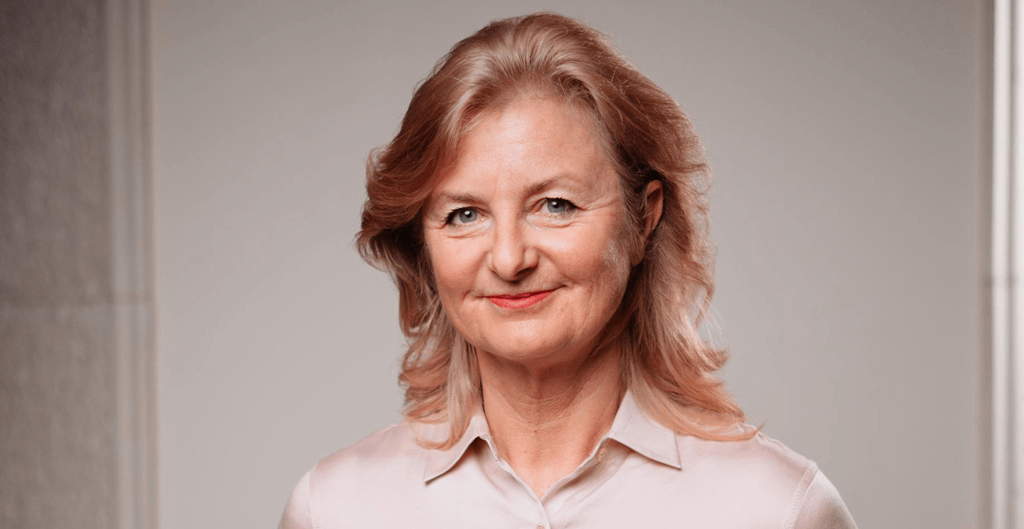Interview: Developing Our Net-Zero Pathway


Ferrexpo published its inaugural report on climate change last week – what does it cover?
“Our first climate change report sets out a number of the scenarios and conclusions drawn from our initial engagement with environmental consultants Ricardo PLC (‘Ricardo’), with us announcing the start of this process back in October 2021.
“The report sets out our thinking on a number of areas related to climate change. Firstly, we have detailed the opportunities and risks facing Ferrexpo that relate to climate change, either directly in terms of how we will affect climate change, or potential impacts of climate change on us. Secondly, we have reviewed the climate change legislation being enacted in the countries where our customers are located, and how this will affect us. Finally, we have mapped out a potential pathway to net zero production by 2050, demonstrating the likely timeline in each area of our business to achieve this milestone. In producing this pathway, we have also provided an estimated capital cost for our decarbonisation pathway, which represents one of the many phases of our investment programme for Ferrexpo in Ukraine.”
Why produce this report now?
“Climate change reporting is rapidly evolving, with stakeholders seeking to understand and quantify the likely impacts on businesses, with reporting looking at an increasing range of factors. A good example of this trend would be the Taskforce for Climate-related Financial Disclosures (“TCFD”), which is a risk reporting framework that is now mandatory for London-listed companies. We began our climate change reporting journey for TCFD in early 2021, ahead the mandatory reporting requirement coming into force.
“At Ferrexpo, we understand the importance of clear reporting of climate change risks and scenarios, and giving our stakeholders the opportunity to dive deeper into pertinent topics like climate change if they wish. It was this rationale that led us to conclude, in 2021, that the time was right for Ferrexpo to develop a standalone climate change report, and hence our engagement with Ricardo was initiated.”
Has the war in Ukraine affected how this work has been completed in 2022?
“The main impact has been on our ability to visit site during the war. Normally we would look to conduct site visits for studies like the one being presented, but this has not been possible for us in 2022. The conclusions of the report, however, are not impacted by the war since this report represents a review of our strategy relating to climate change and is, therefore, a 30-year view on our business. We believe that the war in Ukraine represents a short-term factor that will not affect our ability to implement various low carbon technologies in the run up to 2050. Furthermore, the report itself represents a desktop study, produced using a combination of information provided by our management team and Ricardo’s expertise. As a result, site visits to Ukraine were not required for this phase of work.”
Why have Ferrexpo’s carbon targets changed?
“In announcing our inaugural targets back in October 2021, we were clear that these were formulated to bring Ferrexpo into line with its peer group in the mining space. The work that has been announced is a bespoke study on our operations, and therefore we were able to review our targets based on this greater level of understanding.”
Where to next with Ferrexpo’s climate change reporting?
“Under more normal circumstances, a company that has completed this level of study would look to pivot towards further, more detailed studies into decarbonisation, increasing confidence in both the expected timeline and costs of each proposed project. As a company operating through a war in Ukraine, however, we are restricted in what we can do in Ukraine. This, however, does not preclude us from looking to develop our position on climate change related policies and frameworks, which we will use to take our work to the next level. This work is a pre-requisite for companies wishing to adopt science-based targets, which is our long-term ambition for Ferrexpo, and therefore this is the next logical phase of work for us to undertake.
“In addition, we are also undertaking a life cycle analysis with Ricardo, which is a detailed study into the environmental footprint of our direct reduction pellets against the most commonly traded form of iron ore – sinter fines. This study will look across the entire value chain, from mining through to steel production, seeking to quantify the difference in greenhouse gas emissions between using these two types of iron ore. We are very excited by this work stream and look forward to publishing this work in due course”
(Dated 20 December 2022.)

